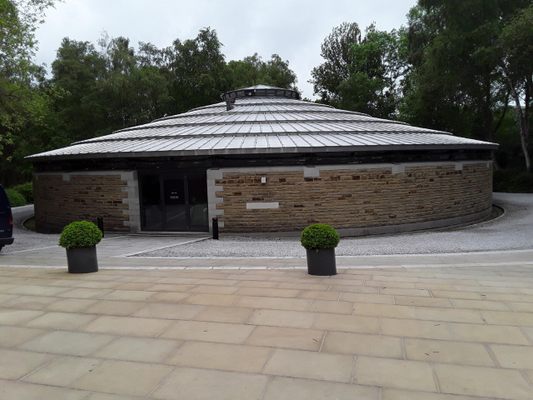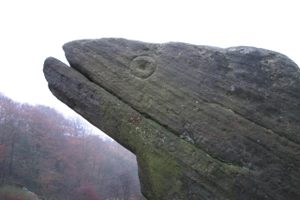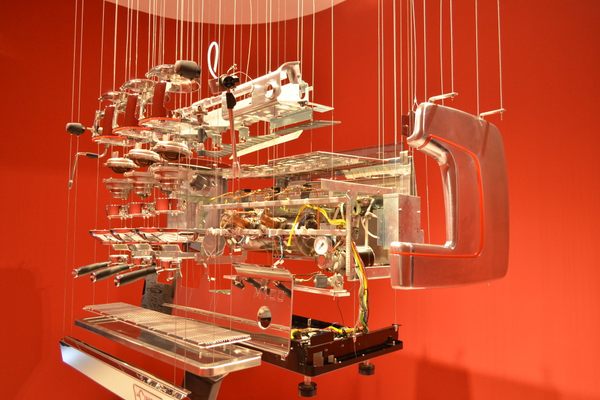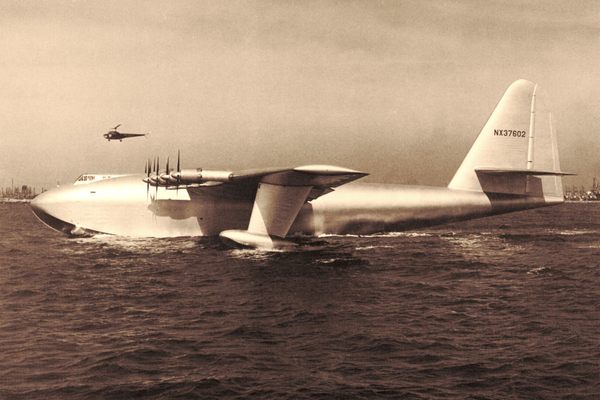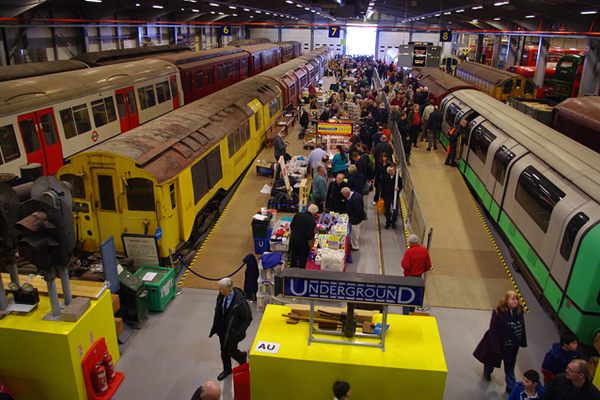About
On five acres in England's Derbyshire countryside—in Peak District National Park—the village of Hathersage erected a gas plant in the early 20th century. The former gasworks is now home to renowned 20th-century cutlery designer David Mellor's museum, shop, cafe, factory, and his son's family home.
Mellor was a prolific silversmith and cutlery designer, as well as a creator of industrial tools, furniture, and street fixtures. Several of his designs—including a 1953 cutlery set (which Mellor designed as a student at the Royal College of Art)—are still being produced.
When Mellor purchased the Hathersage Gasworks site, he used the concrete foundations of the old gasholder to build his small, circular factory in 1990. With the design of Sir Michael Hopkins, an architect, the "Round Building" has since been honored with awards from the Financial Times, the Civic Trust, the Campaign for the Protection of Rural England, and the BBC.
According to the David Mellor website, the Round Building was designed using a stone drum that supports "a shallow pitched radial roof structure of light weight steel trusses supporting in turn a central lantern." Manufacturing occurs in a counter-clockwise routine around the floor, from cutting the raw materials all the way to packaging the finished utensils.
Much of the cutlery produced in the Round Building is sold inside the adjacent store. After shopping, guests can visit the cafe for a cup of coffee and share a massive slice of cake while watching Mellor's designs for traffic lights change in the middle of the room. A Mellor silverware set designed for use in all British embassies around the world is also on display inside. Outside, Mellor's contribution to British public space, including 1960s street lamps, public benches, a ubiquitous London bus shelter, and an iconic litter bin, sit in their natural element.
One of Mellor's designs that never became popular—a rectangular mailbox (to replace the country's traditional round ones)—is also on display. The boxes were ergonomic, taking a fraction of the time for the postmen to collect the mail, but the change was not without controversy: Letters of complaint over the departure from the traditional shape flooded the post office and the design never took off.
Related Tags
Know Before You Go
Parking and museum admission is free, as are factory tours (available on Saturday and Sunday at 3:00 p.m.). You can register for a tour in the shop. Note that tours are suspended between June 29, 2019, and August 4, 2019.
Community Contributors
Added By
Published
July 31, 2019
Sources
- https://www.hopkins.co.uk/projects/1/12/
- https://www.telegraph.co.uk/interiors/peak-district-home-david-mellor-design/
- https://thetravellocker.com/2016/04/13/the-round-building-david-mellor-cutlery-factory-hathersage-derbyshire/
- https://www.architecturaldigest.com/gallery/david-mellor-peak-district-home





